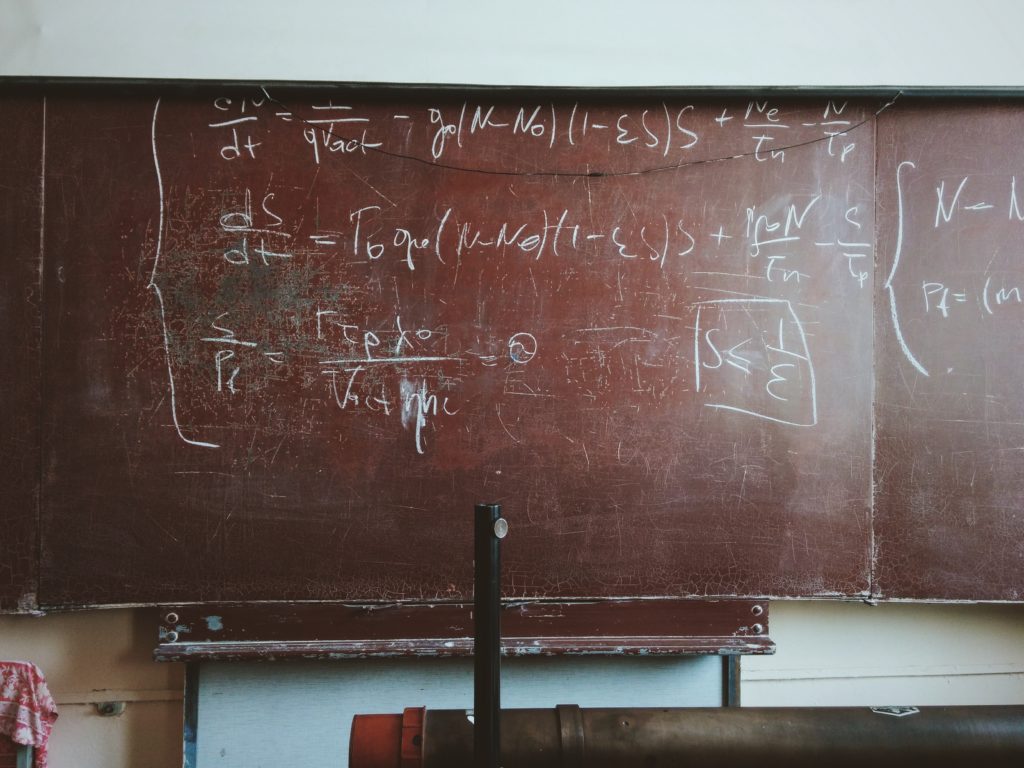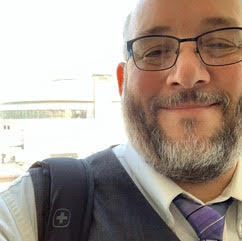Principal Controversy at ONS.
Vancouver
Earlier this week I returned from Vancouver, after ten days. I had been in Vancouver to research Creation narratives (via Fulbright Funding), visit with Mohawk Scholar Taiaiake (Gerald) Alfred, and visit with folks at the Native American Indigenous Studies Association (NAISA). The conversations were wonderful, inspiring, and so needed. Time is moving much too fast on my Fulbright—I return to Oswego 11 August 2017. Classes resume shortly thereafter—but that is another conversation for another day.
But before I went to Vancouver, I was privileged to once again participate in Onondaga Nation School’s Academic Galleria. The students walk us through their research projects they have worked on, for some time. Some of the students can be a little shy—and some have a great time talking about what they have worked so hard on for the Galleria. But even the shy students, with the right questions blossom and engage in exciting ways. This was my second year participating. I hope to make many more going forward with Onondaga Nations School.
Principal Controversy
From afar, I have been watching what is happening with the Principal Controversy at Onondaga Nation School. During the Galleria, I had the opportunity to meet Simone Thornton, whom the Onondaga Nation wishes to see as the Onondaga Nation school’s principal—as part of the Lafayette School District.
Simone grew up at Onondaga, went the Nation School, and her children attend the school. She was a finalist for the principal position, as the current principal is retiring. She earned her CAS (Certificate of Advanced Study) degree SUNY Oswego, and we discussed that among other things while we briefly visited at the Galleria.
But the Lafayette School Board as refused to further consider Simone as a candidate for Principal at Onondaga Nation School. There was no public explanation for their reasoning—despite the Nation of Onondaga wishes, and simple consideration of her qualifications as a finalist for the job.
Colleague’s email (inspired this entry)
The links to Syracuse.com’s coverage is below (for deeper background). But my colleague at SUNY Oswego sent an email out today—stating that this issue has made the New York Times.
Dr. Jen Kagan wrote:
Hi,
Forward to those appropriate. Onondaga Nation dispute with Lafayette Board over who is next principal made New York Times in today’s paper page A19, and online last night. This has hit the big time. My friend Simone Thornton has been denied the principalship even though she’s Onondaga, she went to school, and all four of her children have attended. There was a walkout by the kids and parents about ten days ago. Summer school for these kids has been suspended…. Thanks,Jen
Here is the link to the NY Times article by Kate Taylor, “School Board Decisions Spur Onondaga Nation Protest.” 28 June 2017
Sarah Moses on background of issue at Onondaga Nation School
Syracuse.com’s Sarah Moses wrote about the Onondaga Nation hosting a graduation for the students of the Nation school. Here’s the article from today: Onondaga Nation hosts graduation celebration amid principal debate (with photos) by Sarah Moses. The pictures of happy faces alone are reason to smile—but belay the deeper issues the school board is creating in this situation.
On June 16th, the Onondaga Nation Parents removed their children from the school in protest of the principal controversy. Sarah Moses, of Syracuse.com has been covering this issue in depth; here’s the link to the article: Onondaga Nation parents remove students from school two weeks early in protest (16 June 2017.) But this is not the first time Onondaga has protested in this school district. Sarah Moses notes, “In the 1970s, Onondaga Chief Lloyd Elm led a similar boycott for similar reasons, according to newspaper archives.” Here’ the link: Onondaga Nation boycotted school before in the 1970s: Native principal hired, language added (21 June 2017).
Originally the Lafayette School board had chosen to hire Warren Smith as principal of the Onondaga Nation School, despite the Nation’s wishes—which triggered the above actions by the community of Onondaga. But Smith ultimately turned the job down in early June. Here’s the link: Newly hired Onondaga Nation School principal turns down job amid the debate (02 June 2017) I have to wonder what the reasoning is for the school board’s decisions, and refusal to listen to community, Nation, and parents of Onondaga children.
But the school board initially refused to answer questions on the subject, stating privacy issues. On 16 June 2017 Syracuse.com’s Sarah Moses wrote, “LaFayette school board will not hire Onondaga Nation’s pick for principal, super says.” On 27 June 2017, the school board revealed why it would not consider Simone Thorton for the position on Syracuse.com’s “LaFayette school board reveals why it won’t hire Onondaga Nation pick for principal.” In short, due to a paperwork issue, Simone Thorton took and passed the exams for School Building Leader certificate and the School District Leader certificate. She obtained one certificate, but not the other—and New York State changed the rules in 2009. Simone has since paid for the application and expects in a few weeks.
In my hopes to draw attention to this issue, and the larger context of Native Education, I was glad to see the following commentary posted to Syracuse.com by the Neighbors of Onondaga Nation (NOON for short). Carol Baum, Sue Eiholzer, Andy Mager, and Jack Manno wrote eloquently about support of the Onondaga Nation, Parents, and hopes to further understanding of the complexities of this situation, as well as historical issues. The link: Onondaga Nation has sovereign right decide children’s education (Commentary) from 23 June 2017.
Indigenous/Native Education
I have been a college professor now approximately fifteen years at SUNY Oswego. I have worked with Native/Inidgenous educators of all levels—K-12, Higher Education, and with the Native American Indian Association of New York (NAIEA/NY). I have been honored to even Chair the NAIEA/NY association. Last year, I helped facilitate NAIEA/NY’s annual meeting at SUNY Oswego.
I work with SUNY Oswego’s School of Education on the regular basis to further not only education about Indigenous peoples and cultures; but to effect change. I have long held the belief that to change our relationships—we need to educate the future educators, and change will inevitably happen between our communities, cultures, and Nations. I work steadfastly towards these goals, and will likely all of my career.
I have witnessed difficult conversations between communities and school district, like this controversy over the principal position at Onondaga Nation School in the Lafayette school district. I have worked with my institution, and other colleges and universities, to not only raise awareness of Indigenous culture and issues, but how these ongoing conversations have long historical roots. But the first steps to understanding the complexities of these situations is to move beyond the notion that all Native Nations are similar.
For example, in my community of Akwesasne, there is direct representation on Salmon River’s school board now. But it did not come easily, and it was hard fought battles to change the systems and institutions. I have listened and learned at the feet of many of those who waged these fights—so that I could help continue and assist where I can for the future generations. There have been so many who enabled me to be where I am today. And I honor their fights and legacy, by continuing to fight for the generations coming after me.
But this does not mean that Onondaga Nation wishes, nor should it be compelled to vote in school board elections—as it violates sovereignty and the underpinnings of the Two Row Wampum belt and relationship. But this is one time where the LaFayette school board could delve deeper into the metaphor and relationship of the belt—and polish the chain again. I remain positive the school board would find a receptive audience with the parents and community of the Onondaga Nation.
Two Row Principles and Renewal
The Two Row Wampum belt, more properly called the Guswenta states that we (Haudenosaunee) are bonded together with Western culture. We are in our canoe, and you are in your boat—we agreed not to interfere in the governance and practices of the other vessel—for we are bound by the Covenant Chain of Friendship. But we understood then in the 1600s, and now in the twenty-first century that this chain, symbolized as silver chain-would need to be polished from time to time.
Polishing the Chain was a metaphor in the context of the Covenant Chain, and Guswenta (Two Row Wampum) to renew our relationships, to reaffirm the belt and understanding, and listen to one another.
Historically, there had been discussion about what to use to symbolize the chain—first rope was discussed, but over time it might fray. Then an iron chain was talked about, but again over time, it might rust and fall apart—fracturing the relationship. Finally, it was agreed to that a silver chain would represent the relationship and bond we shared together. Why silver? Because while over time it may tarnish a little bit, or a lot, with enough work, we can polish and restore the relationships, understandings, and our long-standing bonds from the past that continue to the present; and hopefully will for generations yet to come.
So, I would encourage the LaFayette school board and superintendent, polish the chain with the Onondaga Nation School, parents, and Nation at Onondaga. Listen to what they are saying, and find a pathway forward together, using another core concept of the Haudenosaunee–The Good Mind.
Finally, Congratulations to the Students of Onondaga Nation School!! You all are our future—and I think it is a bright one.
Finally, how can we all renew these bonds and ways of engaging in the principles of the Two Row belt for the betterment of children, communities, and education?












